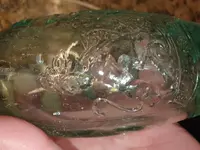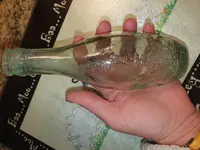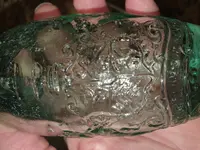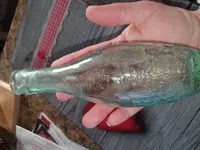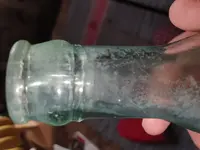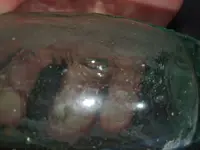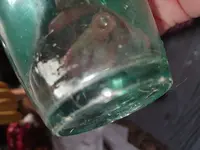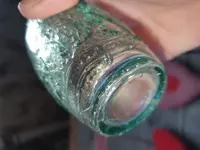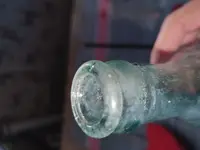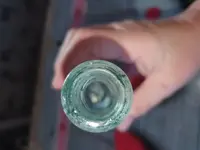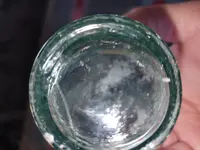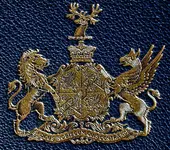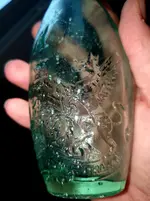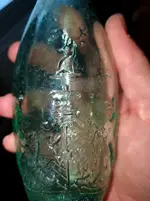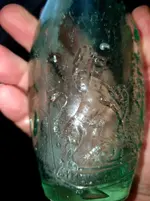Hi @Tisme
OK… I thought it might be. The armorial and the motto “Si Deus Nobiscum Deus Contranos” (If God is with us, who can be against us) are for the Morgan family in South Wales (UK)… and I think the connection to the bottle is likely via Godfrey Charles Morgan, 1st Viscount Tredegar (1831-1913).
The Morgans were one of the wealthiest families in Wales and their Tredegar estate included much of Newport, a good part of Cardiff, and extensive tracts of land and industrial properties in the local coalfields. Godfrey joined the British Army, rising to Captain in the 17th Lancers and at the age of 23 led his section at the Charge of the Light Brigade (“into the valley of death rode the 600”)… one of only two officers from the 17th to return from the engagement. Of the 673 who began the charge, 113 were killed, 134 wounded and 15 taken prisoner. After returning to civilian life, in 1858 he was elected unopposed as Conservative Member of Parliament for the county of Brecon.
So… what does all that have to do with your bottle? I can only guess, but my guess is this. The Tredegar estate area was an industrial heartland of collieries and heavy industry (notably the Tredegar Iron and Coal Company) with a large catchment for workers and a consequently high number of pubs and heavy drinkers. If you Google for ‘Tredegar bottles’ and other similar terms you will see that there were a large number of quite small companies and establishments profiting from this trade and that they often had their own ‘branded’ bottles for beer (many of them no longer attributable). Even an establishment as small as a single pub might have had its own bottles.
From about 1860 there was a step-change in the promotion of moderation in consuming alcohol by the Temperance Movement (especially in this area of Wales), leading ultimately to the “Sunday Closing (Wales) Act 1881” requiring the closure of all pubs in Wales on Sundays. It was jokingly said that the Empire could not afford the downtime on Monday mornings. Godfrey is on record as a supporter of temperance (although not in a ‘crusader’ sense) and would undoubtedly have been a political supporter of the Sunday Closing Act in Parliament, given his financial interest in coal and iron production.
The drive for temperance had also led to a significant number of those establishments producing bottled beers in that area of Wales to introduce so-called “reform” drinks such as “hop bitters” and “Jamaican ginger” which were supposedly non-alcoholic. Actually they could contain up to 2% alcohol by volume and were frequently used as mixers for strong draught ales and porters such that you could end up with a 7% shandy. Nevertheless, I would theorise (without any proof) that Godfrey was happy for his family’s armorial to be used by someone to promote a temperance drink of that kind, not least since there was an anomaly in the law. Part of the Tredegar estate was in Monmouthshire which, despite being geographically in Wales, was subject to English law. As such, it was unaffected by the Sunday Closing Act and so in even more need of temperance.
It doesn’t completely solve the mystery of your bottle, but I would place it in the Tredegar area of South Wales as a small company “reform” drink bottle from between the 1860s and the very early 1900s. Godfrey never married and the viscountcy became extinct when he died on 11th March 1913.



